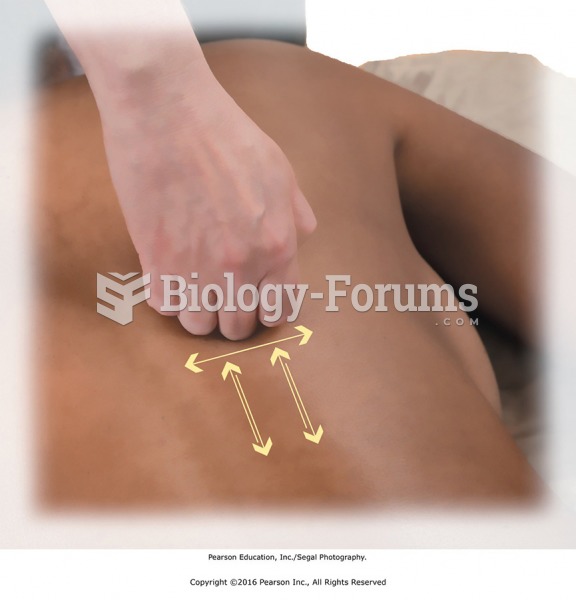|
|
|
If all the neurons in the human body were lined up, they would stretch more than 600 miles.
When blood is exposed to air, it clots. Heparin allows the blood to come in direct contact with air without clotting.
Hyperthyroidism leads to an increased rate of metabolism and affects about 1% of women but only 0.1% of men. For most people, this increased metabolic rate causes the thyroid gland to become enlarged (known as a goiter).
Hip fractures are the most serious consequences of osteoporosis. The incidence of hip fractures increases with each decade among patients in their 60s to patients in their 90s for both women and men of all populations. Men and women older than 80 years of age show the highest incidence of hip fractures.
There are 60,000 miles of blood vessels in every adult human.







